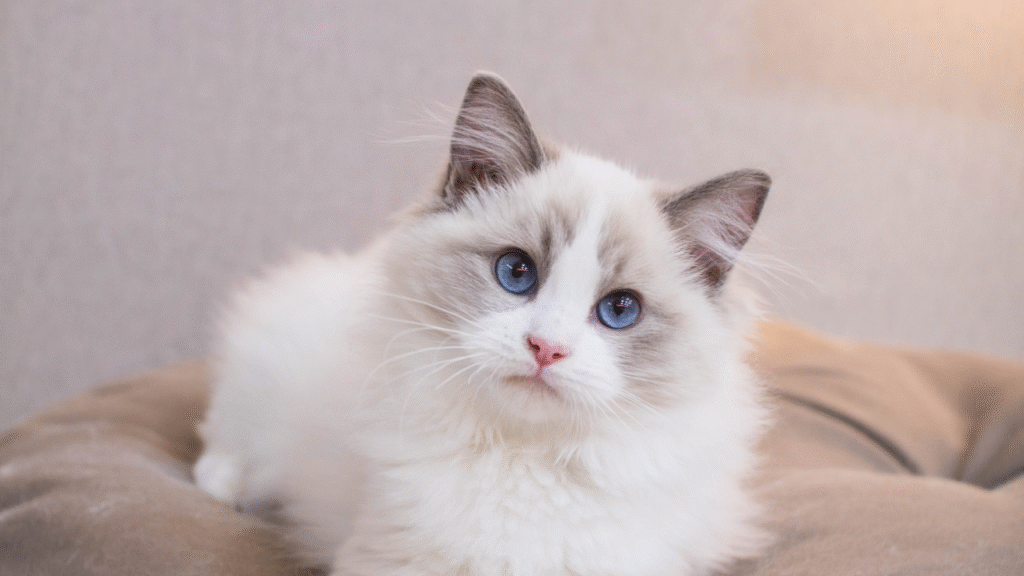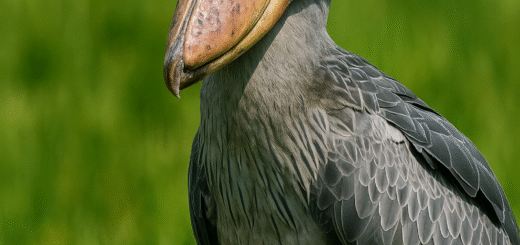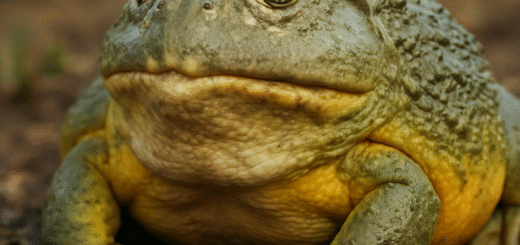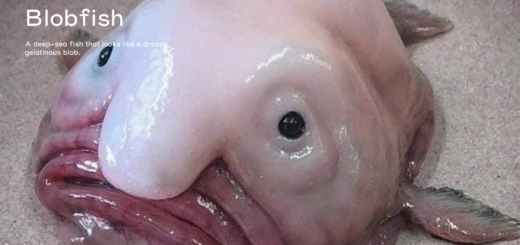Feline Nutrition: What Should Your Cat Really Eat?
Cats are beloved companions in millions of households around the world, but many cat owners aren’t fully aware of their pet’s unique dietary needs. Unlike dogs, cats are obligate carnivores, meaning their bodies are designed to thrive on a diet primarily composed of meat. Understanding what your cat should really eat is essential for their long-term health, energy levels, and overall quality of life.

The Basics of Feline Nutrition
Cats require a specific balance of nutrients that come naturally from animal tissues. The key elements include:
- Protein: Cats require more protein than many other animals. Protein supports muscle growth, immune function, and energy.
- Taurine: This is an essential amino acid that cats cannot produce in sufficient amounts on their own. A taurine deficiency can lead to blindness, heart failure, and reproductive issues.
- Arachidonic acid: A type of omega-6 fatty acid that cats must get from animal fats.
- Vitamin A: Unlike humans and dogs, cats cannot convert beta-carotene into vitamin A. They must consume it preformed from animal sources like liver.
- Niacin: An essential B vitamin that cats cannot synthesize from tryptophan efficiently.
These nutrients highlight one important truth: cats need animal-based ingredients to meet their dietary requirements.
Wet Food vs. Dry Food
Both wet and dry commercial cat foods can provide balanced nutrition, but each comes with its own pros and cons.
Wet Food:
- Higher moisture content, which helps support urinary health and kidney function.
- Often closer to a cat’s natural diet.
- More palatable for picky eaters.
Dry Food:
- Convenient, easy to store and serve.
- Can support dental health to a degree.
- Usually more affordable.
However, dry food has a much lower moisture content, which can contribute to dehydration over time if your cat doesn’t drink enough water. Many veterinarians recommend feeding wet food at least once daily, especially for older cats or those prone to urinary issues.
Raw Diets: Pros and Controversies
Some cat owners choose a raw or homemade diet for their pets, aiming to mimic what a wild cat might eat. While this can offer high-quality nutrition, it must be very carefully balanced to avoid nutrient deficiencies or imbalances.
Potential benefits:
- High protein and moisture content
- No fillers or additives
Risks:
- Bacterial contamination (e.g., Salmonella, E. coli)
- Nutritional imbalance if not properly formulated
- Time-consuming and expensive
If considering a raw or homemade diet, consult a veterinary nutritionist or use recipes formulated by professionals.
Foods to Avoid
Certain foods are dangerous or even toxic to cats. Common offenders include:
- Onions and garlic: Can damage red blood cells
- Chocolate: Contains theobromine, which is toxic to cats
- Grapes and raisins: Can cause kidney failure
- Raw dough: Can expand in the stomach and release alcohol
- Bones: Risk of choking or internal injury
- Dog food: Lacks vital nutrients cats need, especially taurine
Reading Cat Food Labels
When choosing commercial food, look for:
- “Complete and balanced” on the label (meeting AAFCO standards)
- Animal proteins listed as the first ingredient
- No excessive fillers like corn or wheat gluten
- Minimal artificial preservatives, colors, or by-products
Higher-quality cat foods are more likely to support long-term health, even if they cost more upfront.
Hydration Is Key
Cats have a low thirst drive and often don’t drink enough water on their own, especially if fed dry kibble. To encourage hydration:
- Provide multiple water bowls around the house.
- Try a cat water fountain—many cats prefer running water.
- Add water or broth to food.
- Offer wet food regularly.
Conclusion
Feeding your cat properly isn’t just about convenience or taste—it’s about giving them the nutrients they need to live a long, healthy, and happy life. Choose foods that reflect their carnivorous nature, pay attention to ingredient quality, and stay informed about their evolving needs as they age. When in doubt, consult your vet to create a feeding plan tailored to your feline friend.








